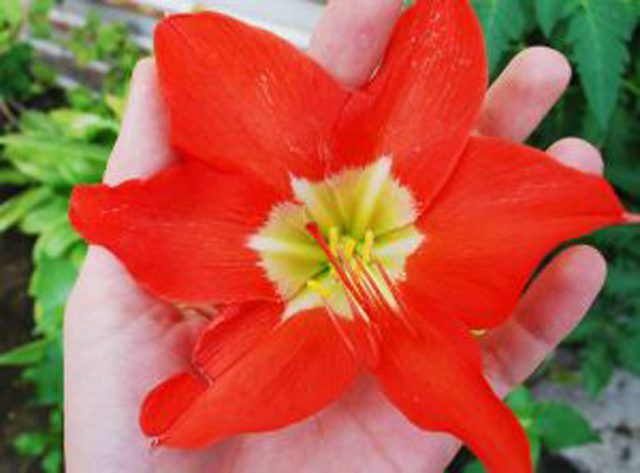Bulbs
Flower Basics
Flower Beds & Specialty Gardens
Flower Garden
Garden Furniture
Garden Gnomes
Garden Seeds
Garden Sheds
Garden Statues
Garden Tools & Supplies
Gardening Basics
Green & Organic
Groundcovers & Vines
Growing Annuals
Growing Basil
Growing Beans
Growing Berries
Growing Blueberries
Growing Cactus
Growing Corn
Growing Cotton
Growing Edibles
Growing Flowers
Growing Garlic
Growing Grapes
Growing Grass
Growing Herbs
Growing Jasmine
Growing Mint
Growing Mushrooms
Orchids
Growing Peanuts
Growing Perennials
Growing Plants
Growing Rosemary
Growing Roses
Growing Strawberries
Growing Sunflowers
Growing Thyme
Growing Tomatoes
Growing Tulips
Growing Vegetables
Herb Basics
Herb Garden
Indoor Growing
Landscaping Basics
Landscaping Patios
Landscaping Plants
Landscaping Shrubs
Landscaping Trees
Landscaping Walks & Pathways
Lawn Basics
Lawn Maintenance
Lawn Mowers
Lawn Ornaments
Lawn Planting
Lawn Tools
Outdoor Growing
Overall Landscape Planning
Pests, Weeds & Problems
Plant Basics
Rock Garden
Rose Garden
Shrubs
Soil
Specialty Gardens
Trees
Vegetable Garden
Yard Maintenance
Steps of Fertilization in Flowering Plants
Steps of Fertilization in Flowering Plants. Flowering plants contain every component needed for true reproduction. The male structure, called the stamen, contains a filament stalk, which supports an anther. The female structure of plant reproduction is called the pistil. This contains the stigma, which is used to catch pollen. The female plant...


Plant Structure
Flowering plants contain every component needed for true reproduction. The male structure, called the stamen, contains a filament stalk, which supports an anther. The female structure of plant reproduction is called the pistil. This contains the stigma, which is used to catch pollen. The female plant structure also includes the ovary and the style, which connects the ovary and the stigma. All of these parts work together in the process of flower pollination.
Pollen
Pollen is key to the fertilization process and is created in the anther. Once mature, this pollen is released. Every grain of pollen holds two separate sperm cells. Most plants require cross-pollination, where pollen travels on the wind or by insects and is brought to another flower. Some plants, however, are self-pollinating, and pollen moves only within one single flower. In either case, pollen must attach to the stigma of a flower for fertillization to occur. One pollen has attached, it triggers the transportation of sperm to the ovule.
Fertilization and Seed
Once one sperm reaches and fertilizes the egg, a seed begins to develop. The second sperm combines with cells known as polar nuclei, and an endosperm is created. This endosperm contains starch and serves as food for the growing seed. Over time, the ovary grows and becomes fruit.